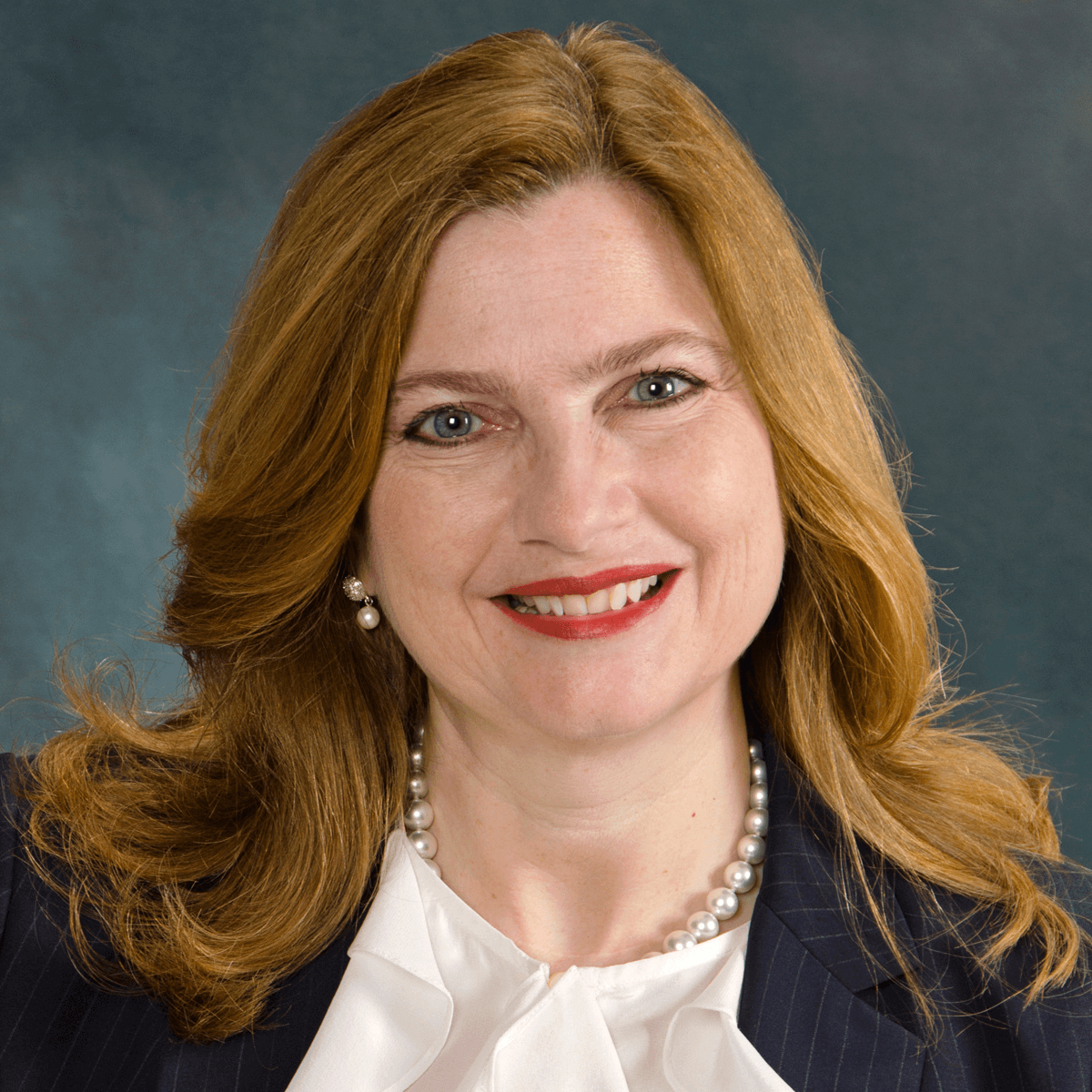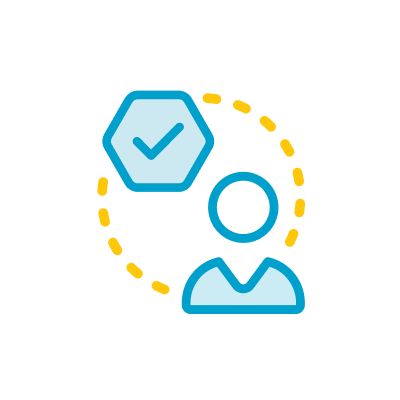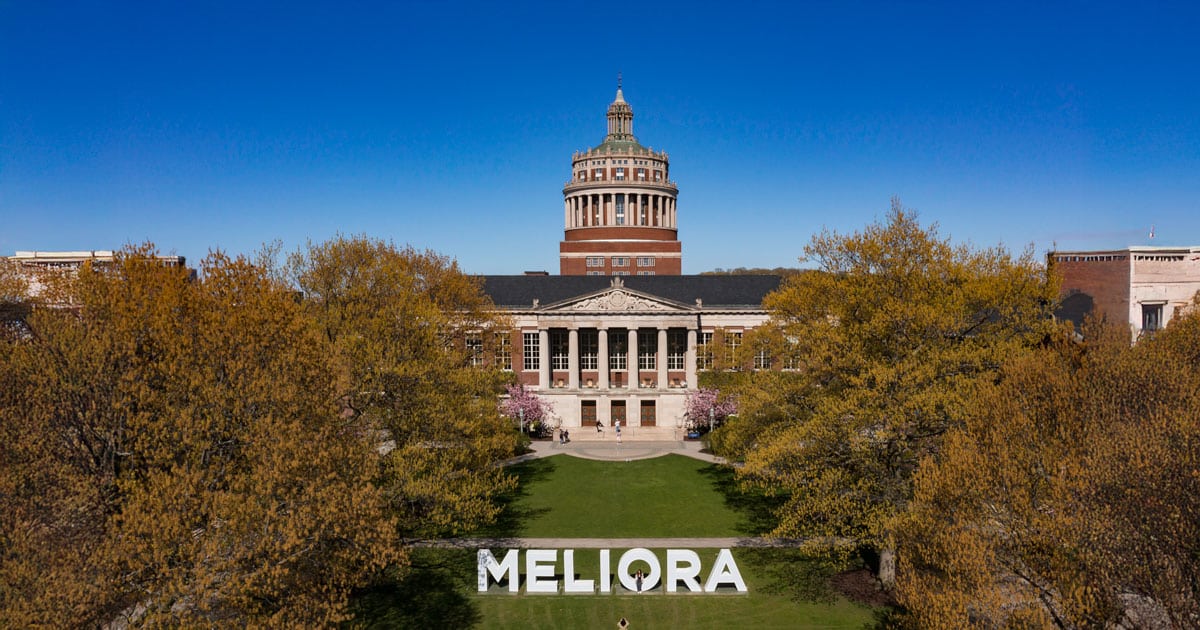This way to employee success
Every day, nearly 27,000 people help the University of Rochester realize its mission to Learn, Discover, Heal, Create—and Make the World Ever Better. Rochester’s employees are critical to the Meliora promise. That’s why a central tenet of Boundless Possibility, Rochester’s new strategic plan, is a commitment to creating an inclusive culture that prioritizes the well-being, development and success of the faculty and staff.
Many of the programs that will support faculty and staff success are being led by the Office of Human Resources (HR), specifically under the umbrella of “HR Modernization.” We connected with Kathy Gallucci, vice president and chief human resource officer, to learn details on key HR initiatives that aim to create an environment where every employee can thrive.
Your office is working to better support University employees by updating and upgrading systems and services through a process referred to as “HR modernization?” What exactly does that mean?
In essence, HR modernization is about creating conditions to support and respond to the current and future needs of our employees in an ever-changing work environment. Everything we do as a research university with an academic medical center is made possible by the people who work here. And as the expectations around the work that we do evolves, so must our approaches to empowering and supporting our incredible workforce. HR modernization includes several key projects that will help the University establish a new foundation for how we deliver HR services to the organization. Some of the key projects include the Career Path Modernization project, the myURHR human resource system replacement, and a new recognition program framework, which will launch in February 2024.
Career Path Modernization is one of your big initiatives that some faculty and staff may have already heard about. Could you talk about that a little for anyone who is still unfamiliar?
The Career Path Modernization (CPM) project is one of the key projects supporting our HR modernization work that will be launching in 2024.
CPM will enable us to provide a fully transparent job and pay structure for University staff. Our job structure is the foundation for how we hire, pay, develop, and advance our workforce. We started by establishing guiding principles and a compensation philosophy centered on equity in pay practices, pathways for career progression, recognition for outstanding performance, and a salary structure that is aligned with relevant markets. In the final stage of implementation, CPM will include modern job descriptions for all our staff positions, and jobs will be organized consistently within an overall job structure across the institution. This will allow us to better support career development and planning, as well as recruitment.
Can you provide an example of how we’re keeping up with modern technology?
Two years ago, we launched a multi-year plan to modernize our tools and services, including replacing outdated systems with new technology and creating processes that are much easier for our faculty and staff to understand and use.
We’re replacing HRMS with myURHR, a new human resources information system that will go live in 2024. This is foundational to transform our people management systems and structures and will be the platform that enables proactive, highly effective and efficient HR services. It will be used by every faculty and staff member across the institution, as well as student employees.
The new system is user-friendly and will improve our processes related to recruitment, benefit and compensation administration, time tracking, and payroll. And the self-service applications will allow for greater personalization and up-to-date information on the status of HR business transactions. The platform also allows for advanced reporting and data visualizations. With myURHR, we’ll have electronic workflows, which will allow for greater efficiency and collaboration, allowing us to say “farewell” to old business processes that used to be initiated by paper forms and manual workflows.
We want our people management systems, structures, tools, and benefits to be transparent and easy to navigate. We also want to leverage technology to enhance our ability to create a digitally inclusive environment that reflects our ongoing commitment to our employees. For example, the myURHR project will enhance employees ability to self-identify including additional demographics, preferred names, and pronouns for a more inclusive experience.
Who has been involved in developing these new initiatives?
Projects of this magnitude—CPM and myURHR—require collaboration with key partners from across the University. It simply couldn’t work without their input throughout the entire process. We’ve met with countless leaders and employees, who have generously provided direction, insight, feedback, and their invaluable expertise to ensure our modernization efforts encompass the diverse needs of our organization.
In addition, it’s really important to emphasize the role that our institutional values play in guiding our HR modernization work. At the core of everything we do is a commitment to our people, creating an equitable and inclusive culture, and making the institution a model employer.
Are there any other projects you’re excited about?
We have a new recognition program framework that we’ll be rolling out early next year. We have purchased a new recognition technology platform and are currently working to create a program that will celebrate the amazing work of our employees in a more visible way across the organization.
We’re also looking to advance our leadership development efforts and continue to expand our UR Career Pathways program by growing strong partnerships with departments across the University as well as with community agencies and workforce preparation organizations. Our goal is to support the career development and professional growth of our employees as well as local workforce development and employment.
We’ll be able to share more details on these and other initiatives in the coming year.
goal addressed
Related updates
Dive into a candid discussion on dynamic tactics and leadership shifts driving the University’s strategic plan—with transparency fueling progress.
Stephanie Von Bacho champions a boundless mindset at Rochester—empowering lifelong learning, innovative upskilling, and dynamic career growth.
Check out UR Stars, Rochester’s digital high-five program that celebrates employee achievements and boosts engagement across the University.









